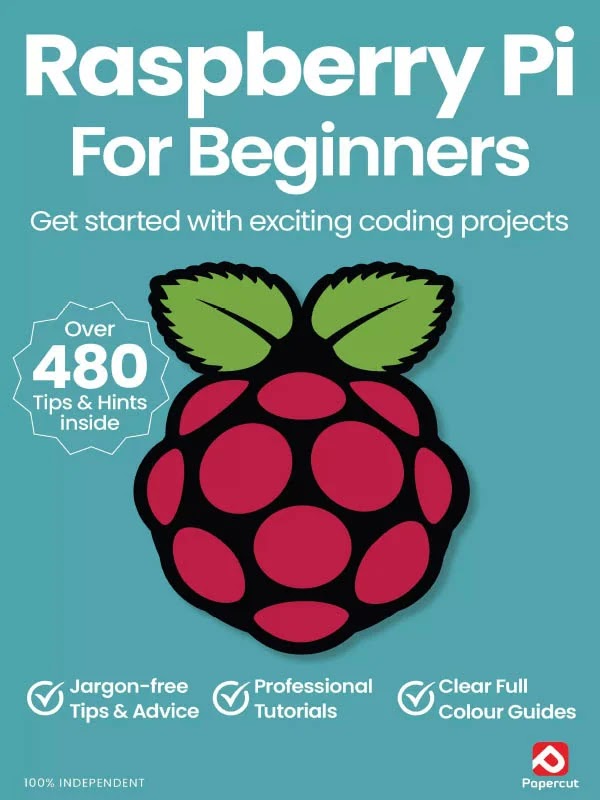Running is one of the most accessible and effective forms of exercise, offering numerous physical and mental health benefits. Whether you're jogging for fitness or training for a race, here’s why running is a great choice for your overall well-being:
1. Improves Cardiovascular Health
Running strengthens the heart and increases lung capacity. Regular running lowers the risk of heart disease, improves circulation, and helps regulate blood pressure, making it essential for long-term heart health.
2. Boosts Mental Health
Running has been shown to reduce stress, anxiety, and depression. The release of endorphins, also known as "feel-good" hormones, can help improve mood and boost overall mental well-being, leading to a sense of accomplishment and peace.
3. Aids in Weight Management
Running burns a significant number of calories, making it an excellent choice for weight loss and weight management. It helps improve metabolism and fat-burning, supporting a healthy body composition.
4. Builds Stronger Muscles and Bones
Running is a weight-bearing exercise that strengthens muscles, bones, and joints. It helps increase bone density and can reduce the risk of osteoporosis as you age. It also tones the lower body, including the calves, quads, hamstrings, and glutes.
5. Improves Sleep Quality
Regular physical activity like running can improve the quality of sleep by promoting deeper and more restful sleep cycles. It can help reduce insomnia and improve your ability to fall asleep faster.
6. Enhances Mental Clarity and Focus
Running allows for "time to think," which can clear your mind and improve focus. Many runners find that the repetitive motion of running helps them concentrate better throughout the day.
7. Increases Longevity
Studies show that regular running can extend lifespan by reducing the risk of chronic diseases such as diabetes, stroke, and certain types of cancer. Even small amounts of running can have significant health benefits over time.
Running is a simple and powerful exercise that promotes physical and mental health. Whether you're new to running or a seasoned runner, the benefits are undeniable for anyone looking to improve their fitness and well-being.
Runner's World is an inspirational and motivational magazine for runners of all ages and abilities. In every issue of Runner’s World we inform, advise, educate, and motivate runners of all ages and abilities. We help every runner achieve their personal health, fitness and performance goals. Runner’s World shows you the best ways to get the maximum amount of benefits from running in the minimum amount of time. Big promise? Definitely. But you don’t have to take our word for it – we’d like to prove it to you!













